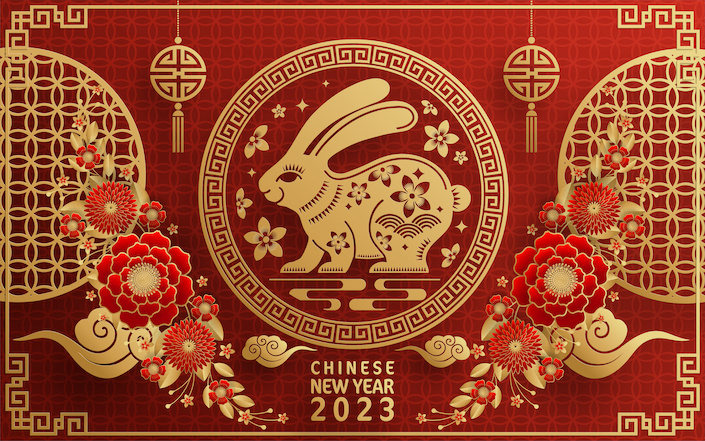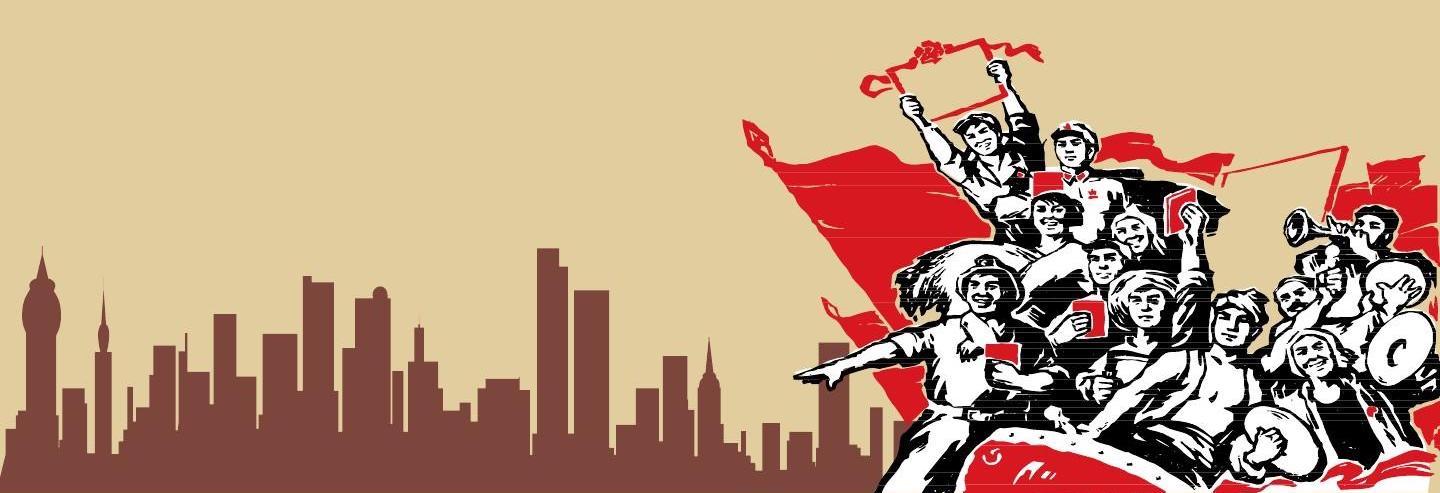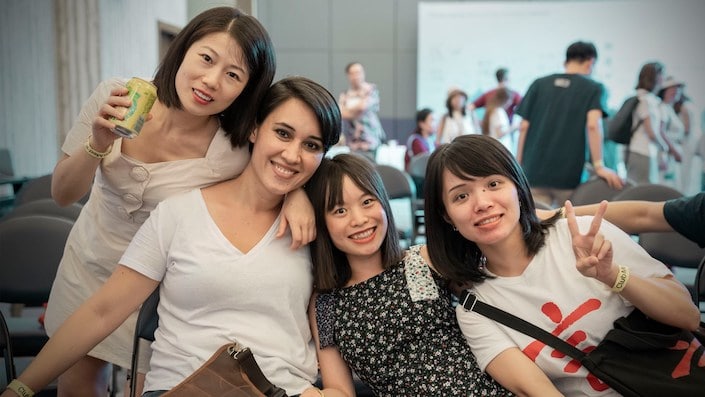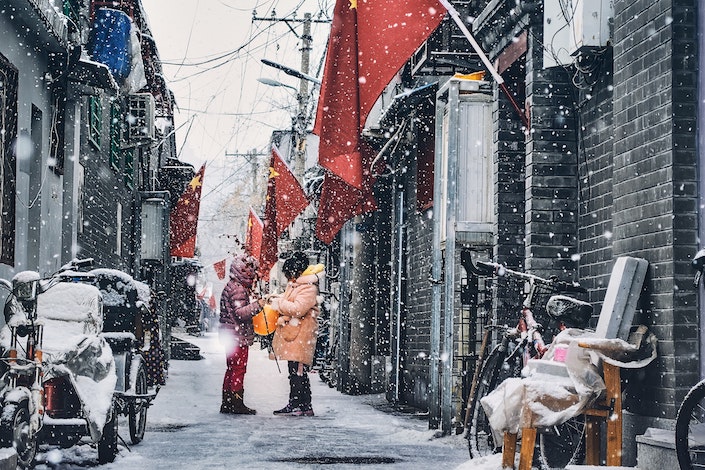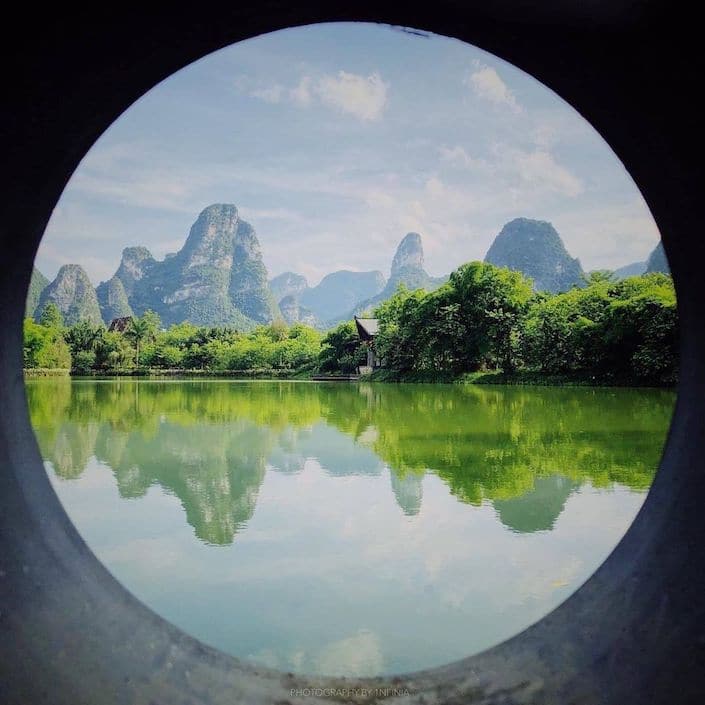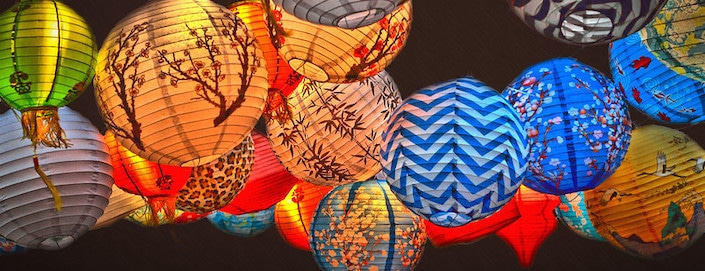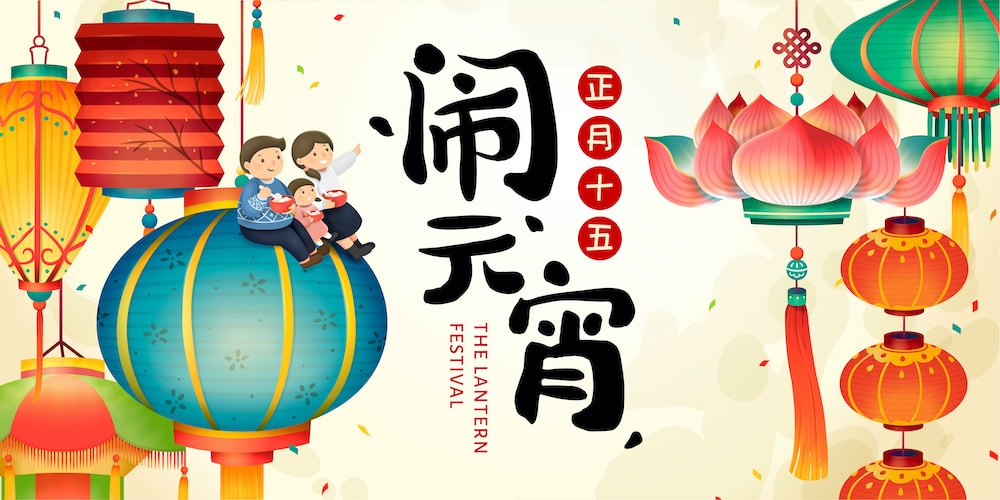The Ins and Outs of China’s Army Day
Learn Chinese in China or on Zoom and gain fluency in Chinese!
Join CLI and learn Chinese with your personal team of Mandarin teachers online or in person at the CLI Center in Guilin, China.
Curious about the origins of China’s Army Day? Unsure exactly how this holiday works or what precisely is being celebrated? Eager to learn more about the parades, military bands, speeches, and flag raising events that are held to mark this holiday? Search no further, your quest is over. Read on to discover the ins, outs, and zigzags of China’s Army Day holiday.
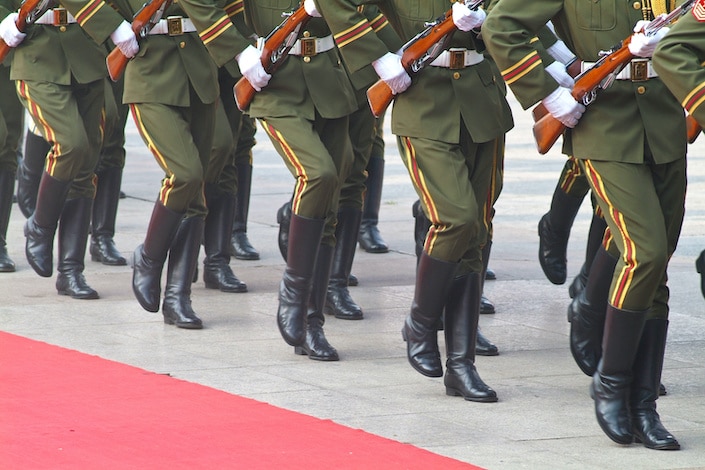
Table of Contents
What is Army Day?
The holiday known as “Army Day,” “PLA Day,” or “Armed Forces Day” in English also has a variety of titles in Chinese including:
- 中国人民解放军建军纪念日 (Zhōngguó Rénmín Jiěfàngjūn Jiànjūn Jìniànrì), which can be roughly translated as “The Anniversary of the Founding of the Chinese People’s Liberation Army”
- 八一建军节 (Bāyī Jiànjūnjié), or “August 1st Army Day”
- 中国人民解放军建军节 (Zhōngguó Rénmín Jiěfàngjūn Jiànjūnjié) or “Chinese People's Liberation Army Army Day”
These are all just different names for a day devoted to remembering China’s fallen and honoring the country’s current service men and women.
Army Day History
Army Day was born as a result of a massacre of communists and a subsequent uprising, both of which were formative events in the early history of the Chinese Communist Party (CCP).
The Shanghai Massacre
The history of the origins of Chinese Army Day begins with the gory events of the 1927 Shanghai Massacre, known in the historiography of mainland China as the April 12th Purge (四一二慘案 Sìyī'èr Cǎn'àn). The massacre started when the ruling Kuomintang government of Chiang Kai-Shek (蒋介石 Jiǎng Jièshí) launched an unexpected attack on CCP operatives, union leaders, and various leftist organizations in Shanghai. Many either disappeared or were executed.
The violent purge came as a shock to the communist leadership. The crackdown’s entirely unanticipated character and its comprehensive nature (a death toll of 5-10 thousand is estimated) surprised and enraged many left-leaning Chinese intellectuals, who felt that a response was necessary and inevitable.
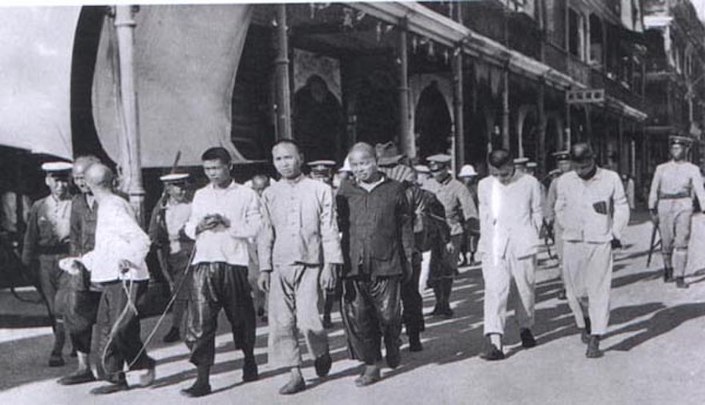
In 1927, the Kuomintang carried out a violent anti-communist purge known as the Shanghai Massacre.
The Nanchang Uprising
The Nanchang Uprising of August 1st, 1927 was a rebellion organized by the CCP in response to the Shanghai Massacre. It represented the first true engagement of the Chinese Civil War.
The city of Nanchang, Jiangxi, was chosen as the location of the communist rebellion. Nanchang was felt to be a perfect location because it played host to a substantial contingent of communists. The area around the city was also full of communist sympathizers.
After making the necessary logistical and strategic arrangements, a date for the uprising was set: July 30th. However, due to a medical emergency in the top echelons of CCP leadership, the operation had to be postponed by a day. August 1st became the new date and one that would live in both infamy and honor.
August 1st, which saw the opening moments of the Nanchang uprising, is today remembered as the founding day of the People’s Liberation Army (PLA). Eventually, after communist victory and the end of the civil war, this would be the day chosen as Army Day in commemoration of the armed forces.
In Chinese, August 1st is written 八月一号 (bā yuè yī hào). This can be shortened to 八一 (bāyī), and these two characters are frequently used to represent the Chinese military to this day.
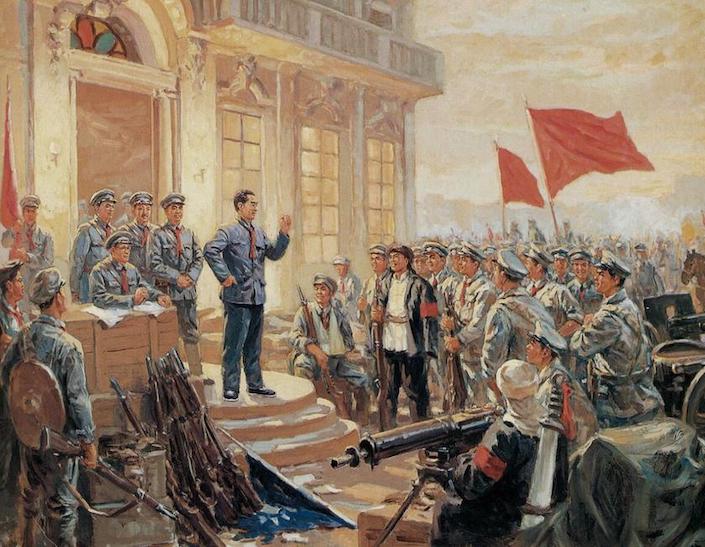
In response to the Shanghai Massacre, Chinese communists staged the Nanchang Uprising on August 1, 1927.
Army Day in modern China
In China today, Army Day appears on official calendars as a holiday. However, unlike other holidays like Labor Day or Spring Festival, it is not currently one of China’s seven public holidays, which means that it is still a workday for ordinary Chinese citizens.
That said, however, for professional soldiers Army Day means shortened working hours which usually equates to a half day off and potentially a day full of parade festivities.
Additionally, in educational institutions such as middle schools, high schools, universities and vocational colleges, Army Day has also become a focal point for patriotic gatherings which commemorate the military’s role in defending China.
Ceremonies: The guard, the hoist, and the square
A number of ceremonies have become commonplace on Army Day. These ceremonies serve as symbols of China’s military prowess and provide a way of honoring the PLA.
They range from a synchronized “Honor Guard” march, a flag raising ceremony that takes place in Tiananmen Square, military bands performing various renditions of the Chinese national anthem, and military parades.
To parade or not to parade
Historically Army Day was not a day for parades. Other ceremonies took pride of place. These include a military flag raising event held in Tiananmen square, nationwide performances by military bands playing “red songs,” and a speech given in the Great Hall of the People by the General Secretary of the Chinese Communist Party.
Internationally, commemoratory events are also arranged by China’s military attachés in a number of countries including Cambodia, Russia, and India.
Parades are a recent addition to Army Day’s holiday repertoire. The first of these military style parades occured on Army Day in 2009, which marked the celebration of the 90th birthday of the PLA. A special military parade was held at the Zhurihe training base in Inner Mongolia Autonomous Region.
The scale of the parade was gargantuan. Almost 13 thousand troops, 100 aircraft and 500 pieces of military equipment gleamed in the sun outside of Zhurihe base.
Since this maiden event in 2009, a number of parades in different parts of the country have followed.
Ba Yi
As mentioned previously, the Chinese Army derives much of its formal symbolism from the events of the Nanchang Uprising. Both the Chinese characters (八一) as well as the pinyin (bāyī) for the date of the uprising on August 1 have become a sort of synonym for the PLA’s historical achievements and its growing contemporary prowess.
Aerobatics team
One of the most unmistakable signs of the PLA’s growing prowess is its air force, and the Bāyī (or Ba Yi) Aerobatics Team is the Chinese Air Force’s pride and joy.
Formed in 1962 and initially flying China’s version of the MiG-17, the Shenyang J-5, the Ba Yi Aerobatics Team have come a long way over the years. These days, the crack pilots of China’s premier flight team fly in custom designed Chengdu J-10s.
For the first couple of years of its activities, the Bāyī team utilized white smoke dispensers on each wingtip to create special effects during performances. Purple, orange and red colored smoke dispensers were soon added and now a whole host of colors are used.
The team has attended a number of international performances, including in Dubai, Russia, Singapore, Pakistan and more.
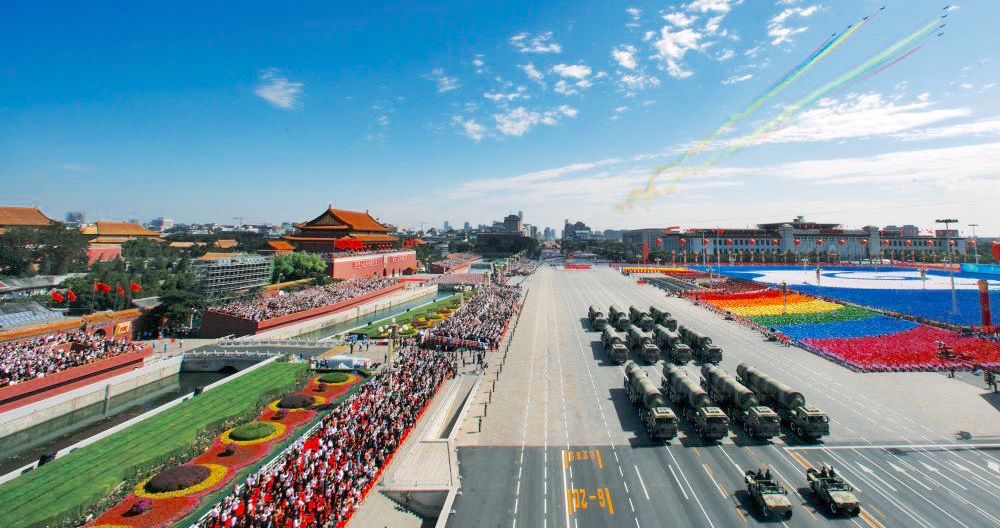
China’s Aerobatics team can often be seen performing in the sky during various patriotic celebrations.
Flags of the People’s Liberation Army
Another way in which the events of Nanchange are commemorated is via the flags of the respective branches of the Chinese military. Note the Chinese characters 八一 prominently displayed on each one.
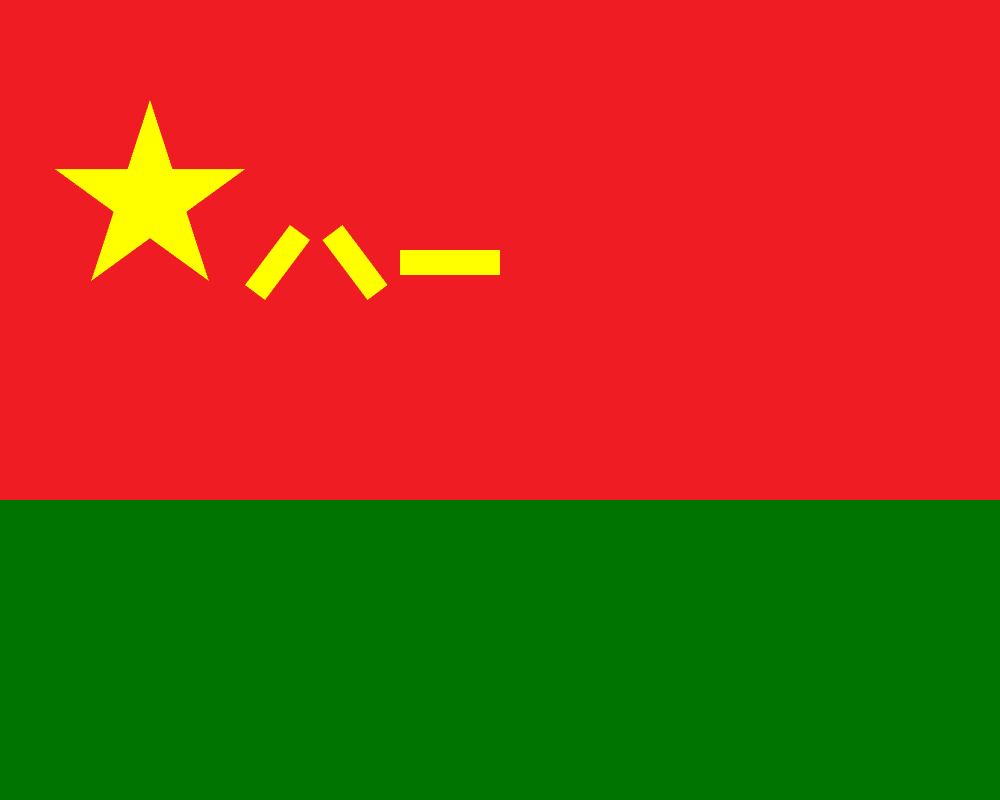
Chinese Ground Forces, also known as the PLA Ground Force or “PLAGF” (中国人民解放军陆军, Zhōngguó Rénmín Jiěfàngjūn Lùjūn)
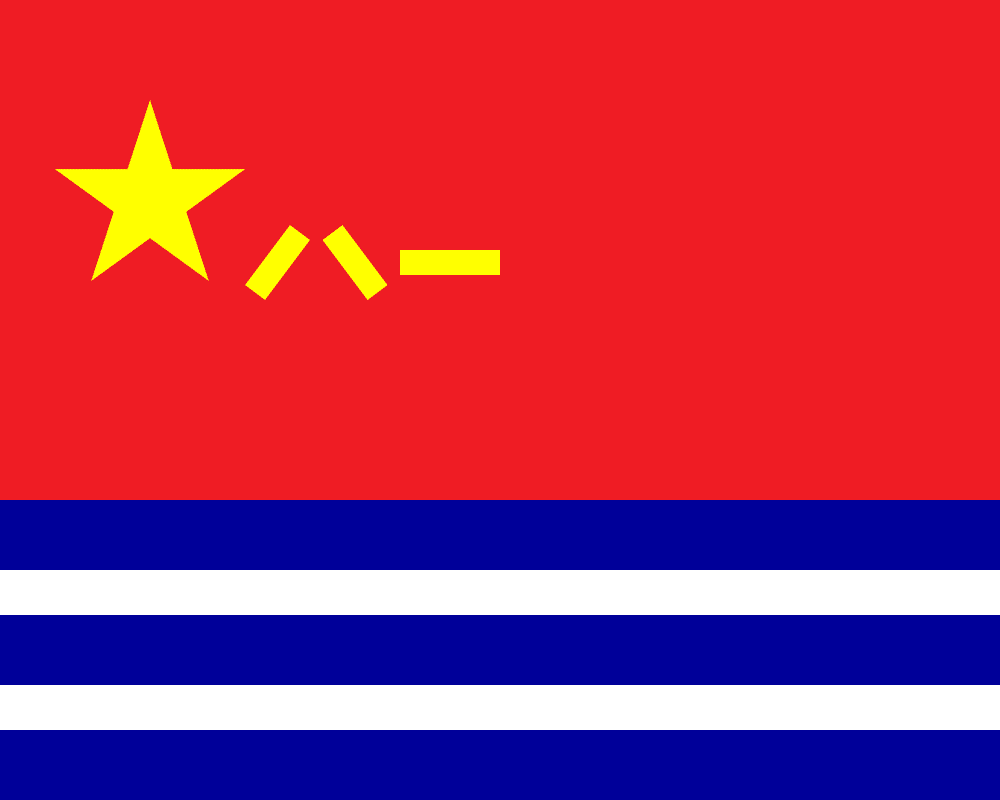
Chinese Navy, also known as the PLA Navy or “PLAN” (中国人民解放军海军, Zhōngguó Rénmín Jiěfàngjūn Hǎijūn)
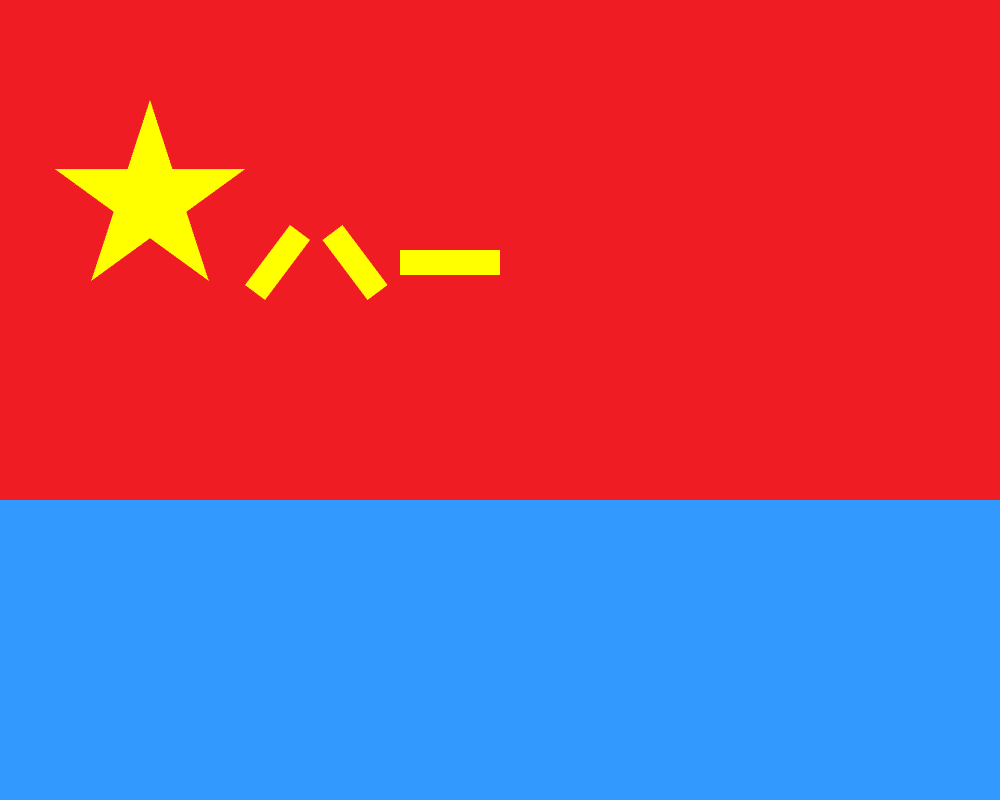
Chinese Air Force, also known as the PLA Air Force “PLAAF” (中国人民解放军空军, Zhōngguó Rénmín Jiěfàngjūn Kōngjūn)
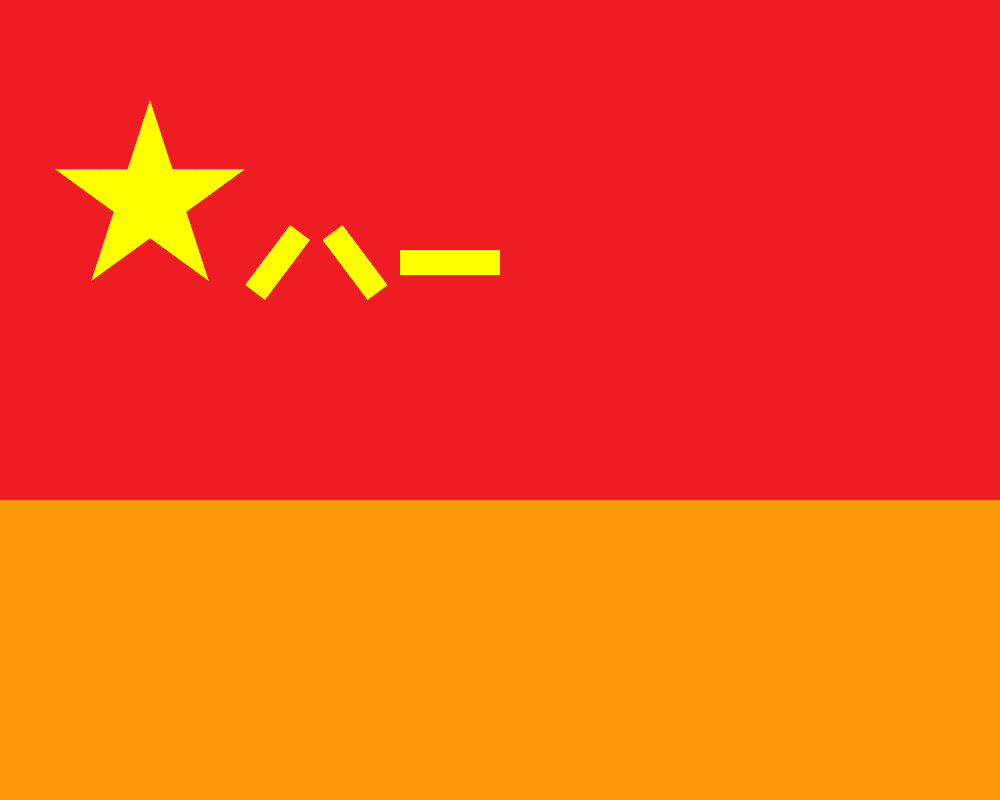
Chinese Rocket Force, also known as PLA Rocket Force or “PLARF” (中国人民解放军火箭军, Zhōngguó Rénmín Jiěfàngjūn Huǒjiànjūn)
Learn more about China’s Army Day
If you’re looking to find out more about Chinese holidays such as Army Day while getting a head start on improving your Chinese, there’s no better way to do it than by studying Chinese in China
We invite you to come to Guilin and learn the language in an immersive environment that will provide you with unprecedented insight into the fascinating country that is modern China.

Guilin provides an idyllic location in which to learn more about Chinese language and culture.
Chinese Army Day vocabulary
| Chinese | Pinyin | English |
|---|---|---|
| 中国人民解放军建军纪念日 | Zhōngguó Rénmín Jiěfàngjūn Jiànjūn Jìniànrì | The Anniversary of the Founding of the Chinese People’s Liberation Army |
| 八一建军节 | Bāyī Jiànjūnjié | August 1st Army Day |
| 中国人民解放军建军节 | Zhōngguó Rénmín Jiěfàngjūn Jiànjūnjié | Chinese People's Liberation Army Army Day |
| 四一二慘案 | Sìyī'èr Cǎn'àn | The Shanghai Massacre; The April 12th Purge |
| 蒋介石 | Jiǎng Jièshí | Chiang Kai-Shek |
| 八一 | bāyī | August 1st (characters used to represent the PLA) |
| 中国人民解放军海军 | Zhōngguó Rénmín Jiěfàngjūn Hǎijūn | PLA Navy or “PLAN” |
| 中国人民解放军空军 | Zhōngguó Rénmín Jiěfàngjūn Kōngjūn | PLA Air Force “PLAAF” |
| 中国人民解放军火箭军 | Zhōngguó Rénmín Jiěfàngjūn Huǒjiànjūn | PLA Rocket Force or “PLARF” |



